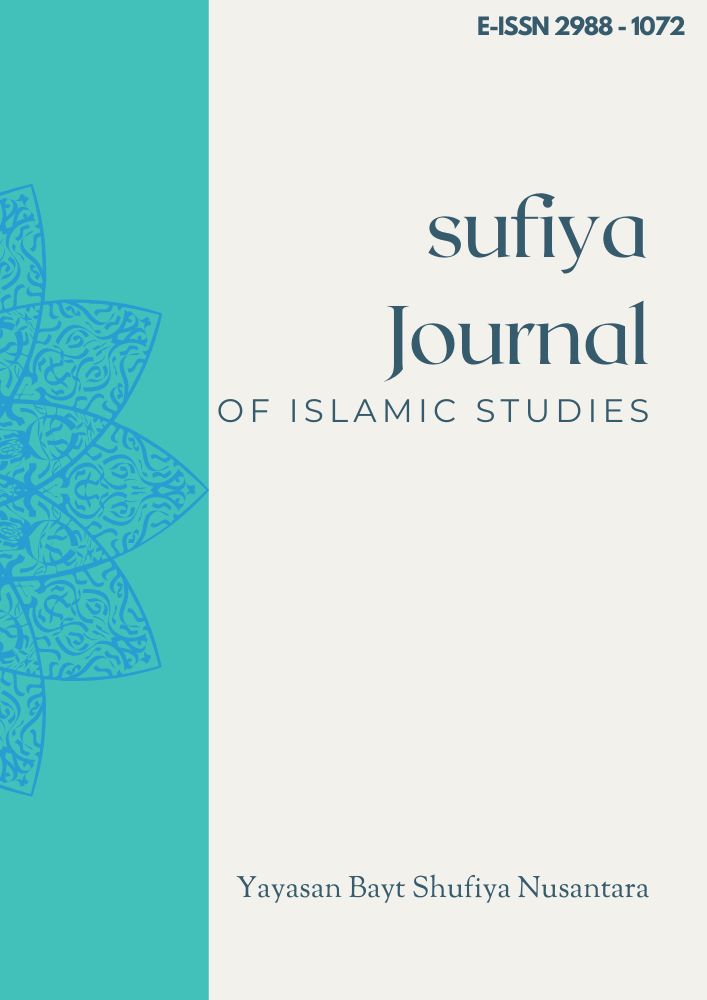Semantic Ambiguity Affects Interpretation in Everyday Conversations
Keywords:
Semantic Ambiguity, Pragmatic Competence, Language InterpretationAbstract
Semantic ambiguity is a pervasive feature of natural language that arises when words, phrases, or sentences carry multiple possible interpretations. This study aims to explore the nature, types, and communicative implications of semantic ambiguity in everyday conversations through a descriptive qualitative approach and library research method. Findings indicate that semantic ambiguity manifests in lexical, structural, and pragmatic forms, which may cause confusion if not resolved using contextual cues, prosodic elements, or clarification strategies. However, ambiguity is not merely a communication obstacle it also serves as a rhetorical device in humor, advertising, indirect speech, and cross-cultural interactions. Understanding how ambiguity operates in language enhances our awareness of context, social dynamics, and cultural variation in meaning-making. This study contributes to the field of linguistics by emphasizing the importance of pragmatic competence and interpretive flexibility in effective communication.
References
Aziz, M. R., & Evansam, R. G. (2021). Learning semantic in English conversations. JOSAR (Journal of Students Academic Research), 1(2), 36–40. https://doi.org/10.35457/josar.v1i2.1569 ejournal.unisbablitar.ac.id
Crossley, S. A., & Skalicky, S. (2019). Making sense of polysemy relations in first and second language speakers of English. Journal of Language and Cognition, 30(4), 687–691. https://doi.org/10.1177/1367006917728396 journals.sagepub.com
Degani, T., & Tokowicz, N. (2010). Semantic ambiguity within and across languages: An integrative review. The Quarterly Journal of Experimental Psychology, 63(7), 1266–1303. https://doi.org/10.1080/17470210903377372
Giulianelli, M., Del Tredici, M., & Fernández, R. (2020). Analysing lexical semantic change with contextualised word representations. arXiv. https://doi.org/10.48550/arXiv.2004.14118 arxiv.org
Haber, J. (2024). Metaphor and ambiguity. Philosophical Studies, 181, 3059–3087. https://doi.org/10.1007/s11098-024-02252-1 link.springer.com
Haber, J., & Poesio, M. (2024). Polysemy—Evidence from linguistics, behavioral science, and contextualized language models. Computational Linguistics, 50(1), 351–417. https://doi.org/10.1162/coli_a_00500 direct.mit.edu
Saputri, N. K. D. T., Suastra, I. M., & Putra, I. K. S. (2022). Lexical ambiguity in news headlines of The Jakarta Post. Humanis, 26(1), 26–33. https://doi.org/10.24843/JH.2022.v26.i01.p04 ojs.unud.ac.id
Sitorus, A. O., & Lubis, L. (2023). Language ambiguity and emotional barriers: Semantic and psychological approaches in interpersonal communication. Literacy: International Scientific Journal of Social, Education, Humanities, 4(2), ???–???. https://doi.org/10.56910/literacy.v4i2.2380jurnal-stiepari.ac.id
Zhang, T. Pimentel, R. B., & Cotterell, R. (2020). Speakers fill lexical semantic gaps with context. arXiv, Preprint. https://doi.org/10.48550/arXiv.2010.02172 arxiv.org
Zhang, Y., Lu, Y., Liang, L., & Chen, B. (2020). The effect of semantic similarity on learning ambiguous words in a second language: An event-related potential study. Frontiers in Psychology, 11, Article 1633. https://doi.org/10.3389/fpsyg.2020.01633 frontiersin.org
Downloads
Published
How to Cite
Issue
Section
License
Copyright (c) 2025 Sarah Theodora Wahyuni Lumbantobing, Bernieke Anggita Ristia

This work is licensed under a Creative Commons Attribution-ShareAlike 4.0 International License.














